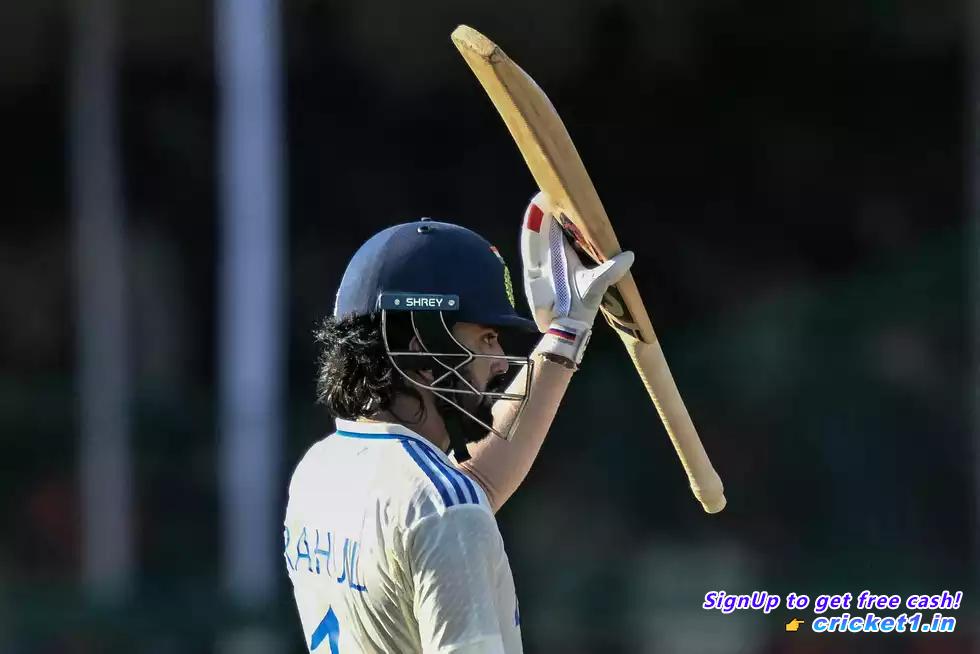
On a sunny Monday in Green Park, Kanpur, the clouds parted to reveal a determined Team India ready to make the most of the remaining two days of the Test match against Bangladesh. With World Test Championship points at stake, India took an aggressive approach as their strategy for these crucial days unfolded spectacularly.
From the opening play, India displayed their intent with an aggressive attack on the opposition. In the first half-hour, India’s bowlers stuck to conventional methods, probing outside the off-stump with a robust slip cordon. An hour into the play, Mohammed Siraj’s short-ball tactics against Mominul Haque were evident, even after the previous deliveries were dispatched to the boundary. In a bold move, Rohit Sharma positioned two short mid-wickets to unsettle the Bangladeshi batsmen, even as the pitch offered little assistance with pace, bounce, or turn. As the day’s play reached the final session, both Virat Kohli and Ravindra Jadeja brought out the reverse sweep off Shakib Al Hasan, marking aggressive tactics on an otherwise challenging pitch.
Perhaps the most emphatic moment came when Rohit Sharma danced down the track to Khaled Ahmed, lofting a six with authority to commence his innings. As revealed by Mehidy Hasan at the end of the fourth day’s play, Bangladesh took nearly two overs to comprehend India’s intent, by which time considerable damage had been inflicted. Rohit and Yashasvi Jaiswal had already sent two balls over the ropes and found the boundary four more times.
Record-breaking performances followed swiftly, with the fastest 50, 100, 150, 200, and 250 milestone achievements on record and speedy scoring that more resembled T20 cricket than a Test match. India’s run-rate of 8.22 per over outpaced England’s renowned aggressive batting style. This was not an endeavor to save Test cricket or even the reputation of Green Park. Instead, India seized the opportunity granted by the weather-induced constraints to fortify their bid for a third successive World Test Championship final appearance.
The early part of the match was dominated by rain, leaving the first three days with only 35 overs and seeing Bangladesh post 107 for 3. Lacking substantial assistance for either pacers or spinners on this Kanpur track, India faced the formidable task of taking 17 more Bangladesh wickets, followed by a successful run chase within the limited time left. With crucial championship points on the line, India opted for an early confrontation with destiny.
.
India’s bowling coach, Morne Morkel, acknowledged the urgency of their positive and assertive strategy, emphasizing the importance of intent from the outset of the fourth day. He highlighted the effectiveness of India’s approach with the ball and applauded the batsmen’s aggression. “If we weren’t taking wickets, we weren’t making progress,” Morkel noted, recognizing the connection between the pressure India applied and the eventual harvesting of Bangladeshi wickets.
Throughout the innings, India maintained a cohesive strategy, whether leaking runs to prise out a wicket or risking their wickets for quick runs. While both teams ended India’s batting innings with only a 52-run separation, India maintained command demonstrating their influence over the pace of the match.
Rohit’s innovative field placements, aimed at tempting the Bangladesh batsmen to play more openly, soon met with success. Batsmen like Liton Das and Shakib Al Hasan fell in quick succession, while Mominul retaliated by employing the pull shot and sweep to defense. He skillfully dealt with short pitches, directing his scoring shots through open gaps.
Partnered by Mehidy Hasan Miraz, the Bangladesh side weathered India’s bowling onslaught for nearly an hour. Eventually, Jasprit Bumrah’s spell-breaking momentum was the catalyst that dismantled the resistance and closed off their innings. Despite some missed opportunities in the field, including three dropped chances, Rohit Sharma’s stunning one-handed catch at mid-off and Siraj’s acrobatic catch stood out, drawing Morkel’s praise. “Backing by the fielders is crucial, especially in trying conditions,” remarked Morkel.
India’s commanding pace was complemented by Bangladesh’s fielding errors, such as missed run-outs and reviews. Two notable instances were Rohit’s unchallenged dismissal when he nicked a ball early on and Khaled Ahmed’s failed attempt to run out a vulnerable Virat Kohli who went on to contribute significantly to the scoreboard.
Heading into the last day, only 26 runs and two wickets differentiated the two teams; however, their beliefs and strategies were starkly contrasted. India’s assertive tactics were clear, while Bangladesh approached the situation tentatively. As indicated by Mehidy Hasan Miraz, they contemplated prioritizing safety before reassessing their objectives.
With the contest finely balanced, favoring neither India nor Bangladesh entirely, Kanpur stood on the brink of a thrilling Test conclusion as both teams prepared for the final battle.

